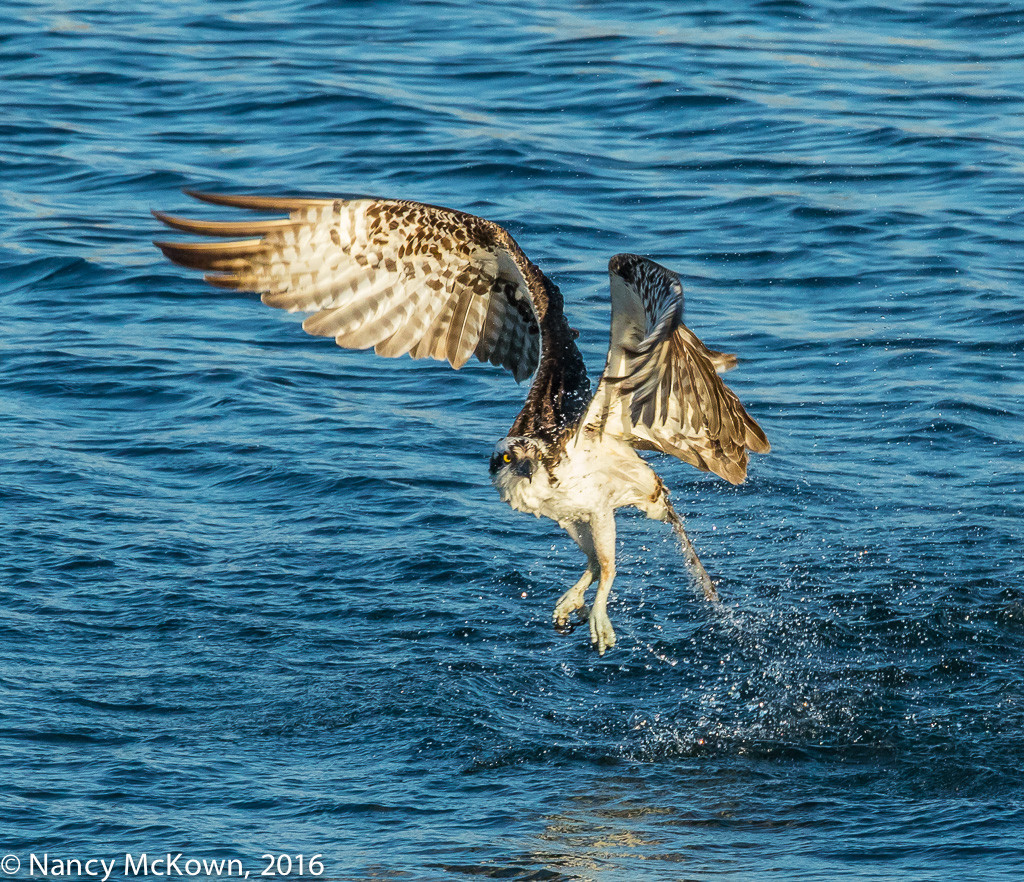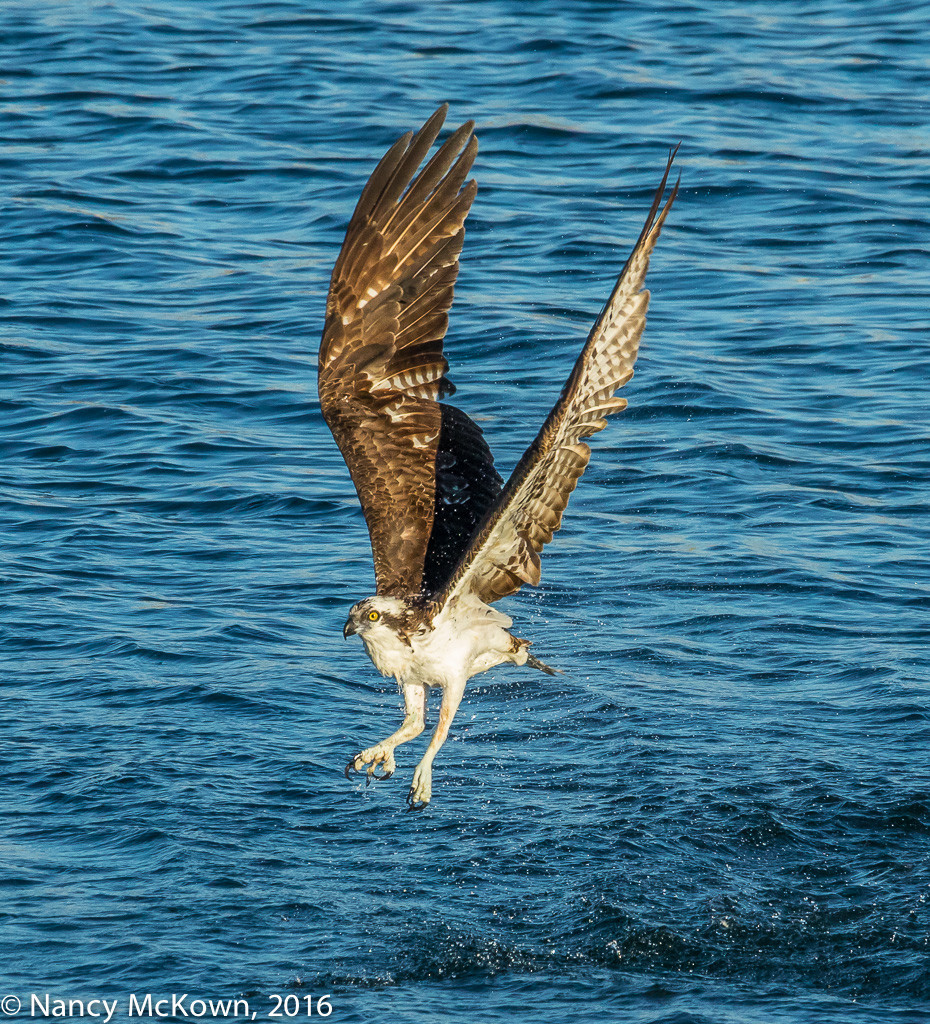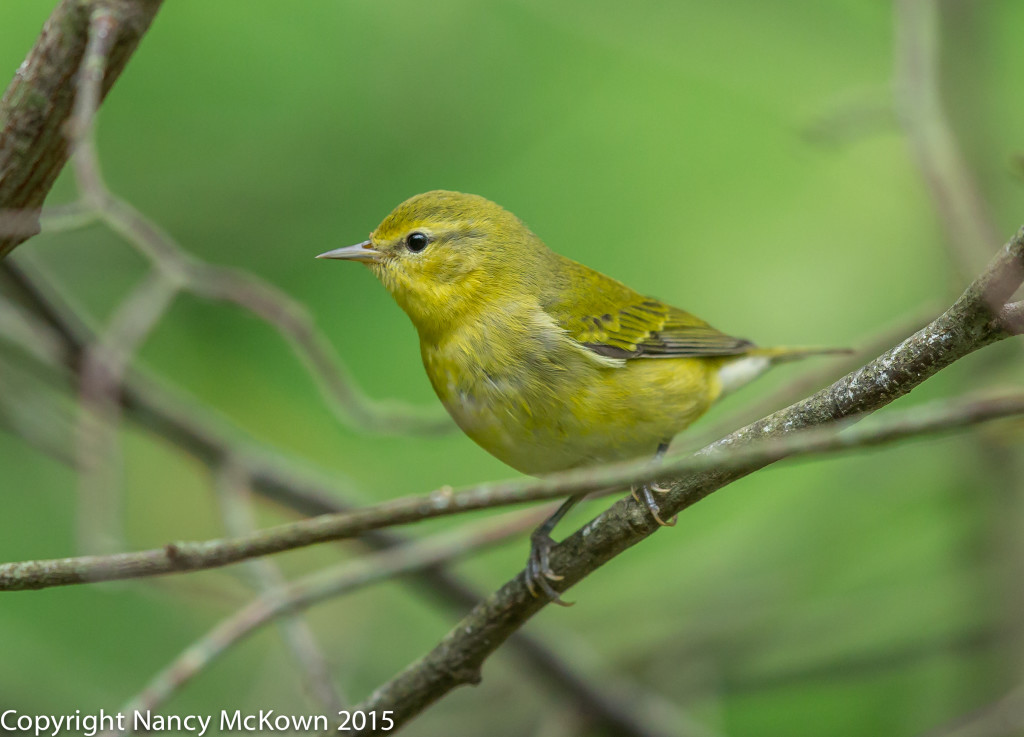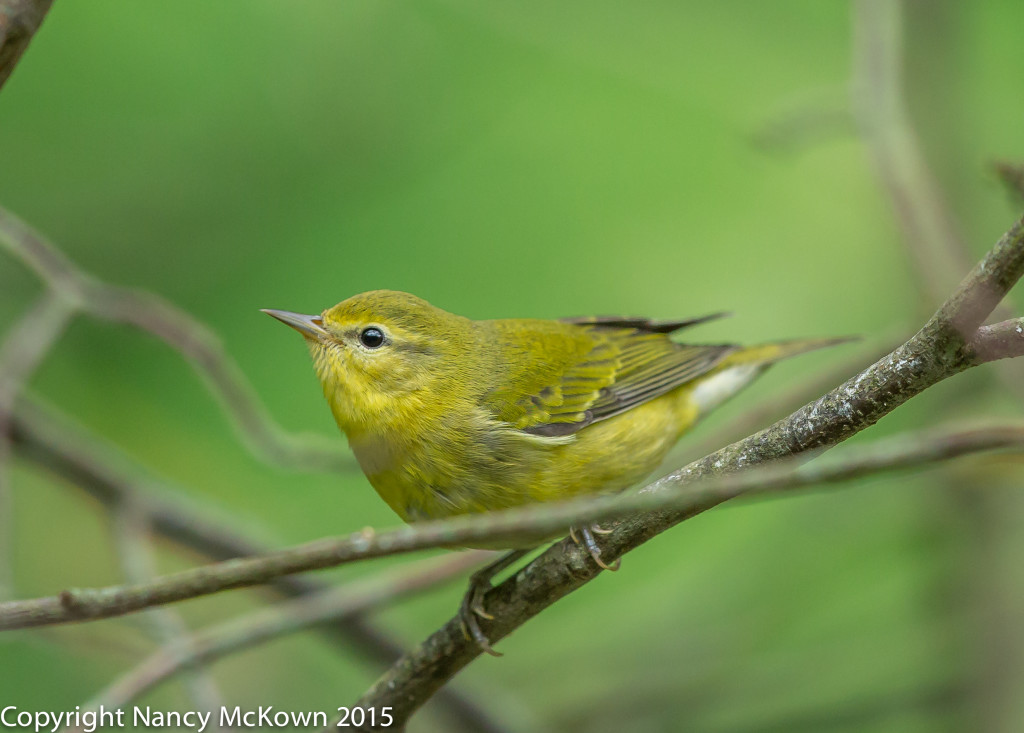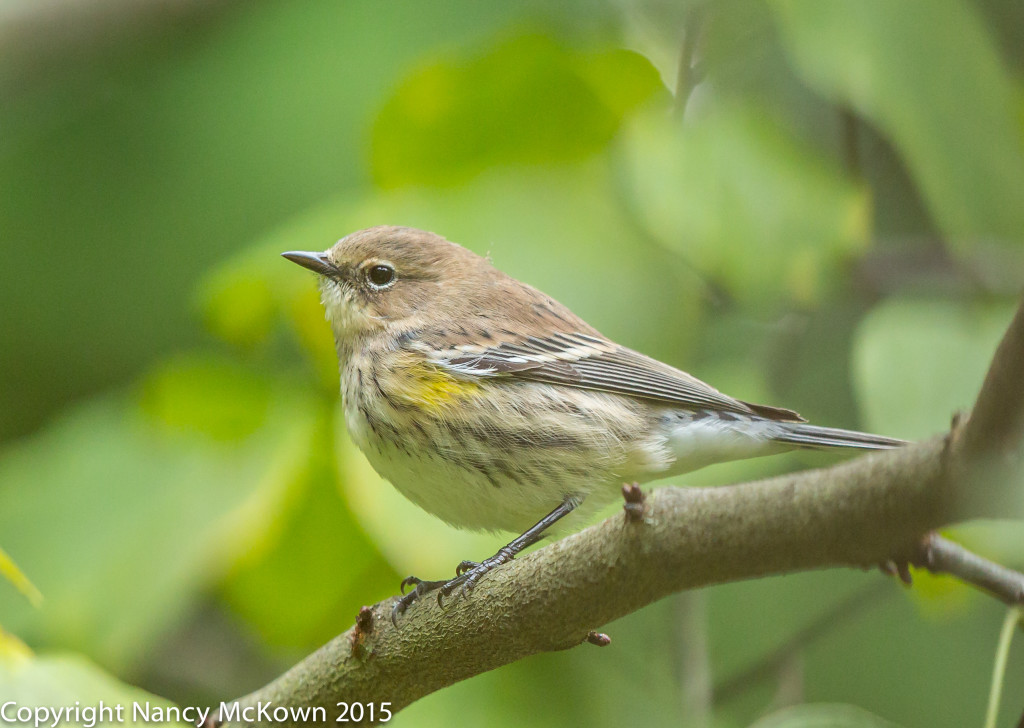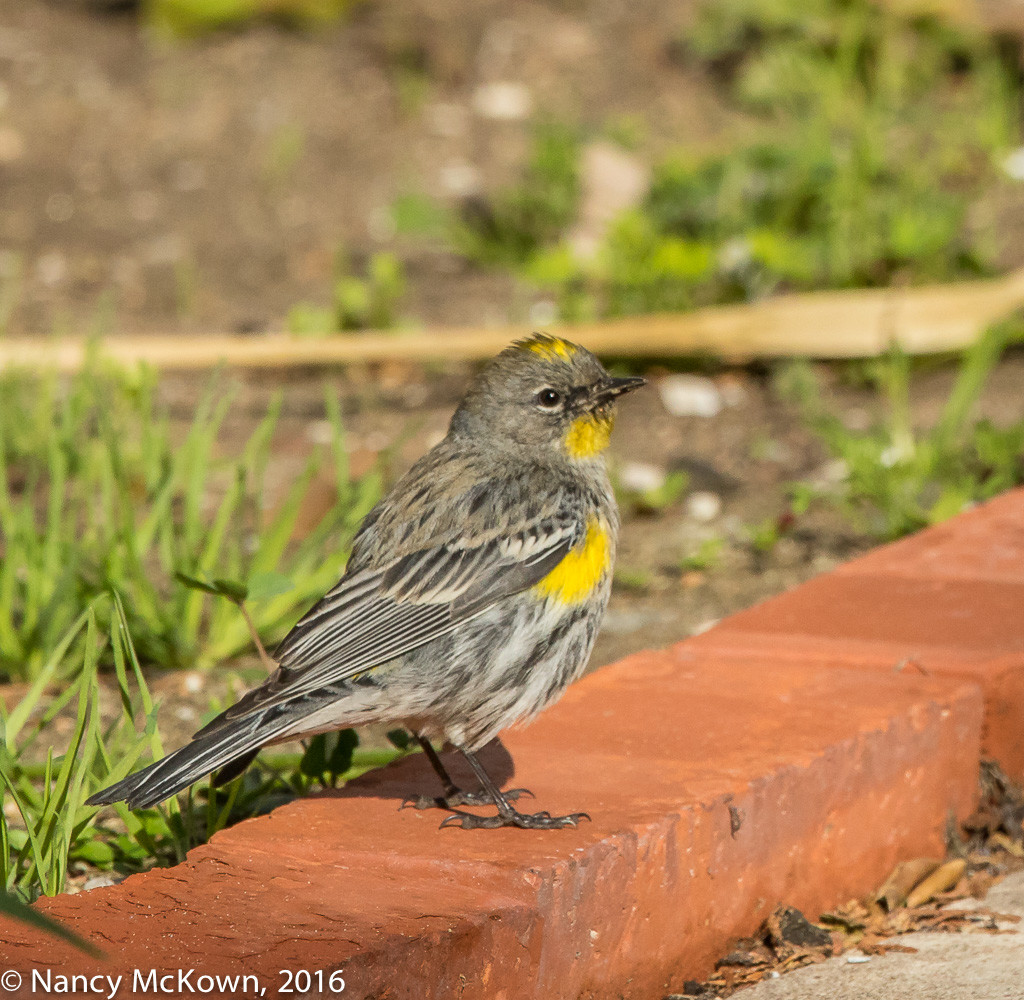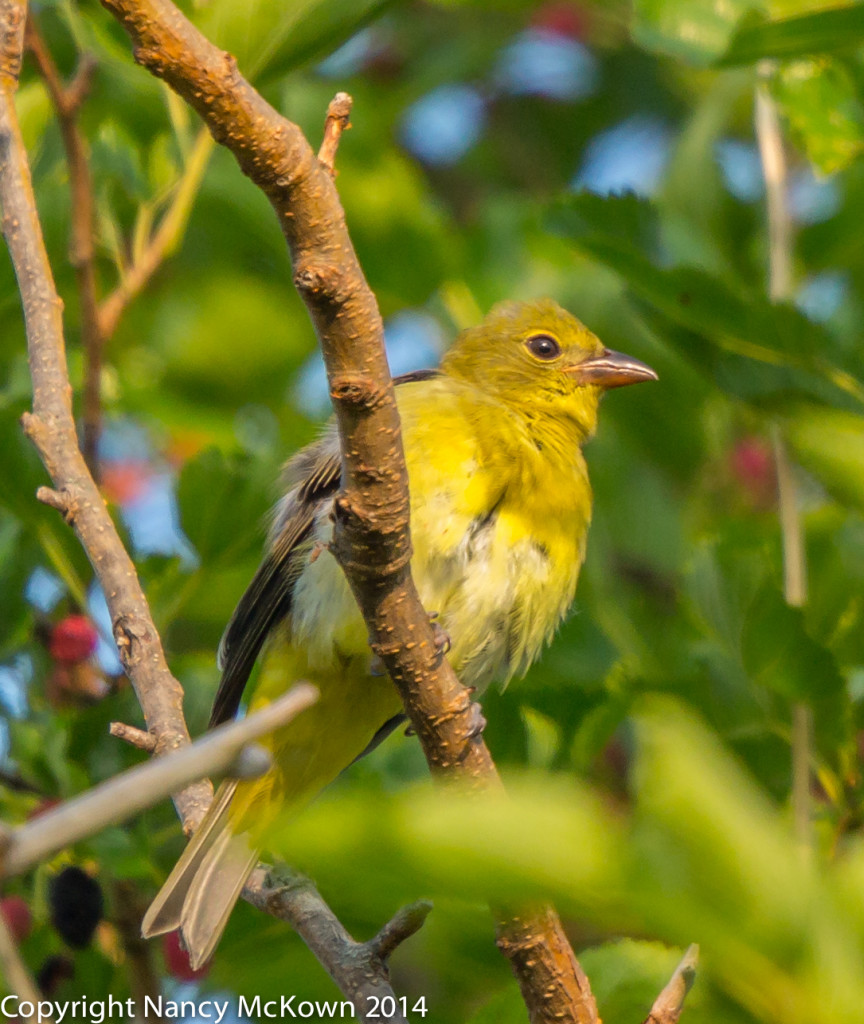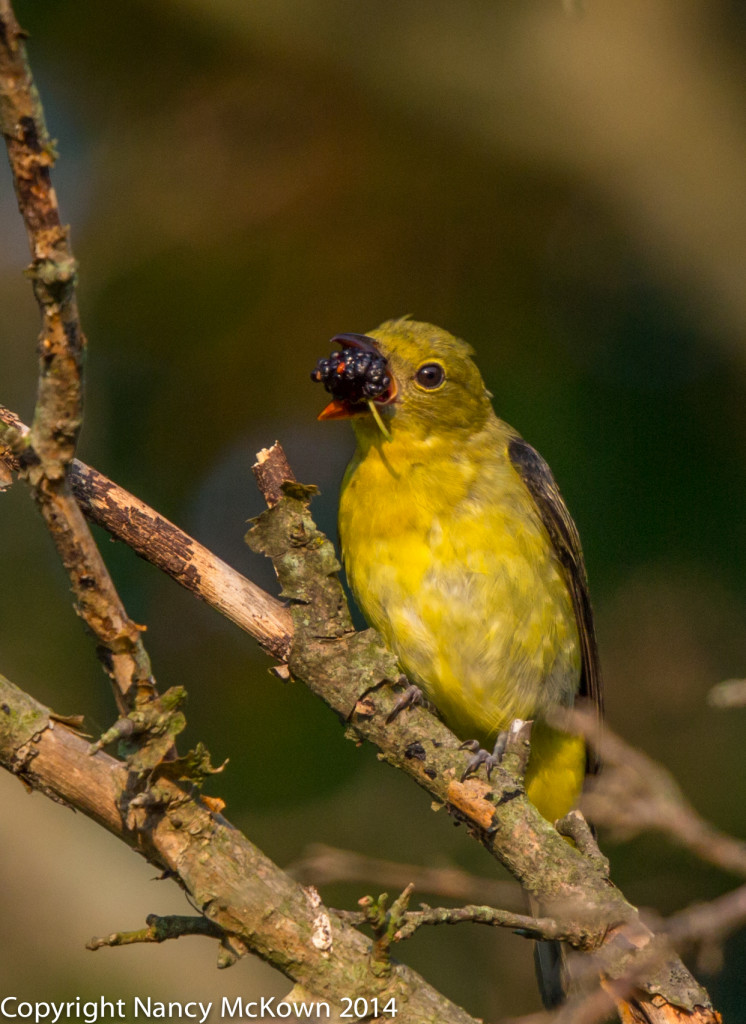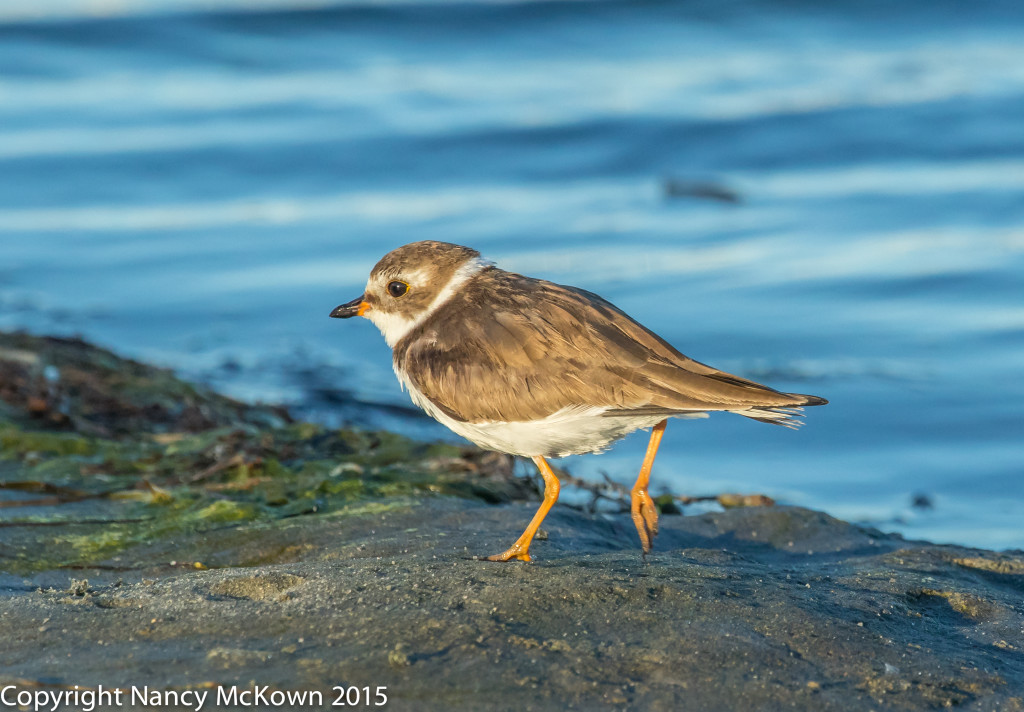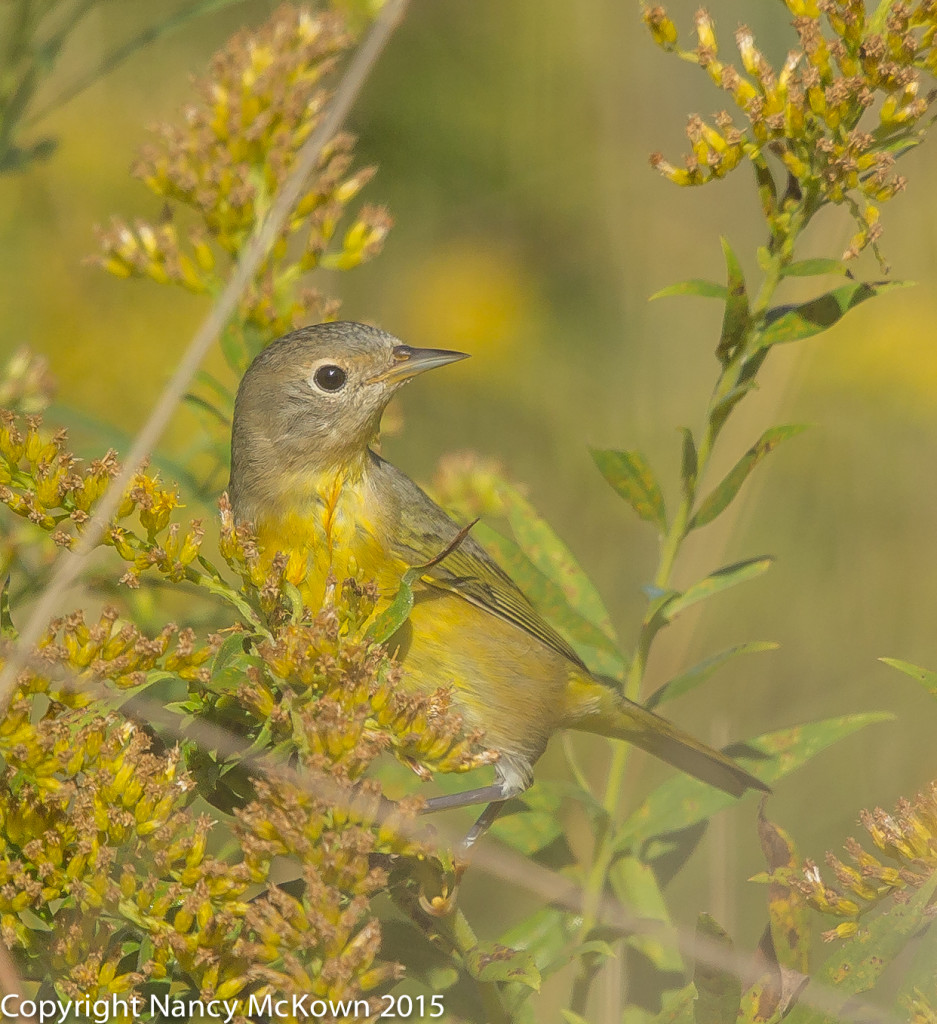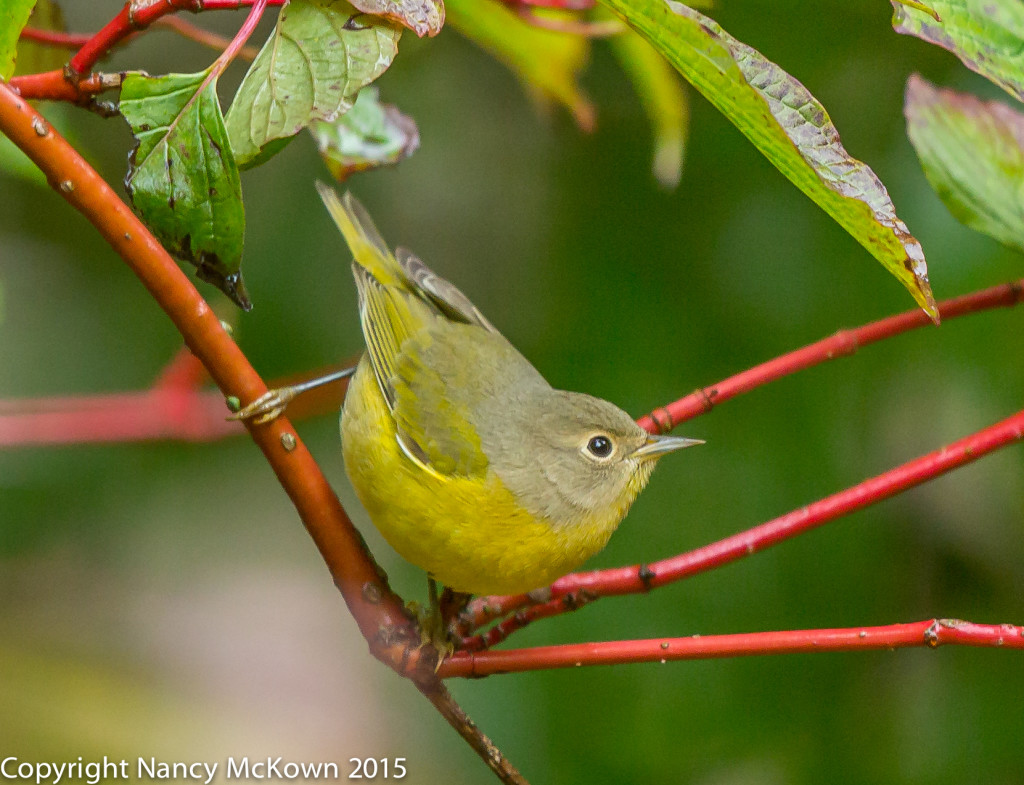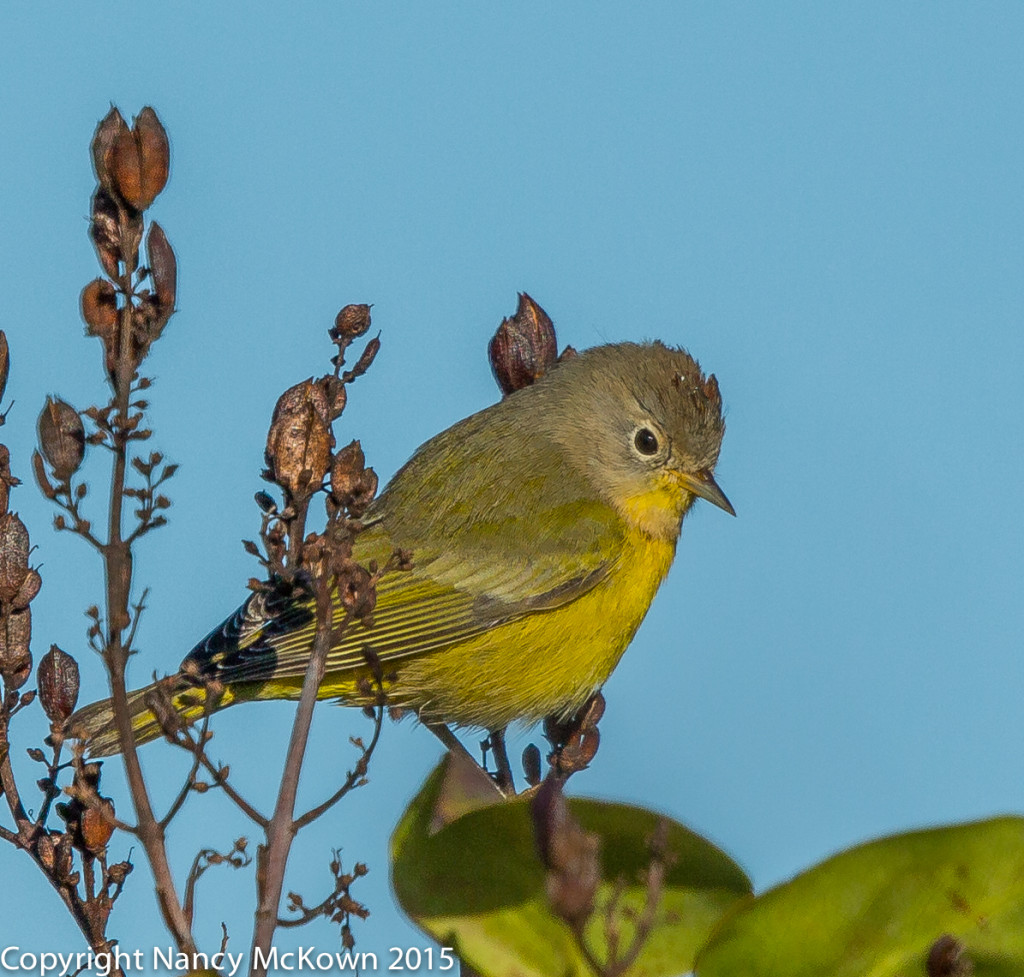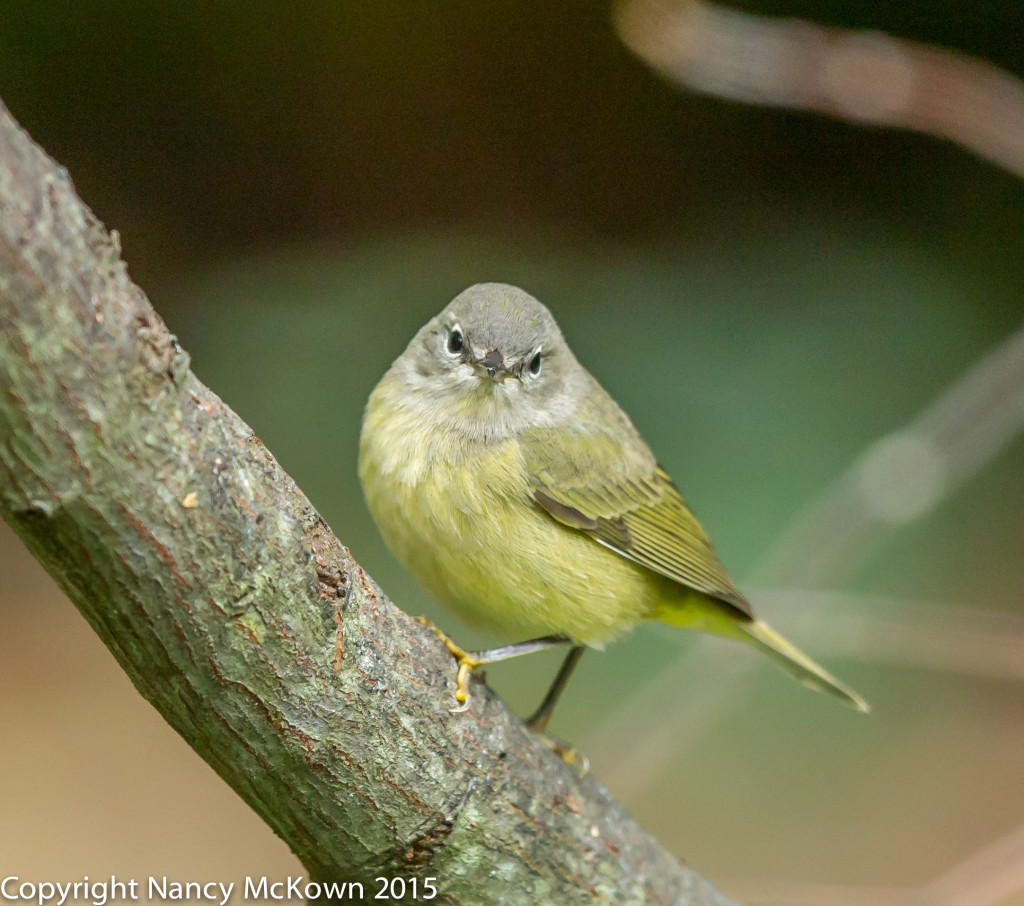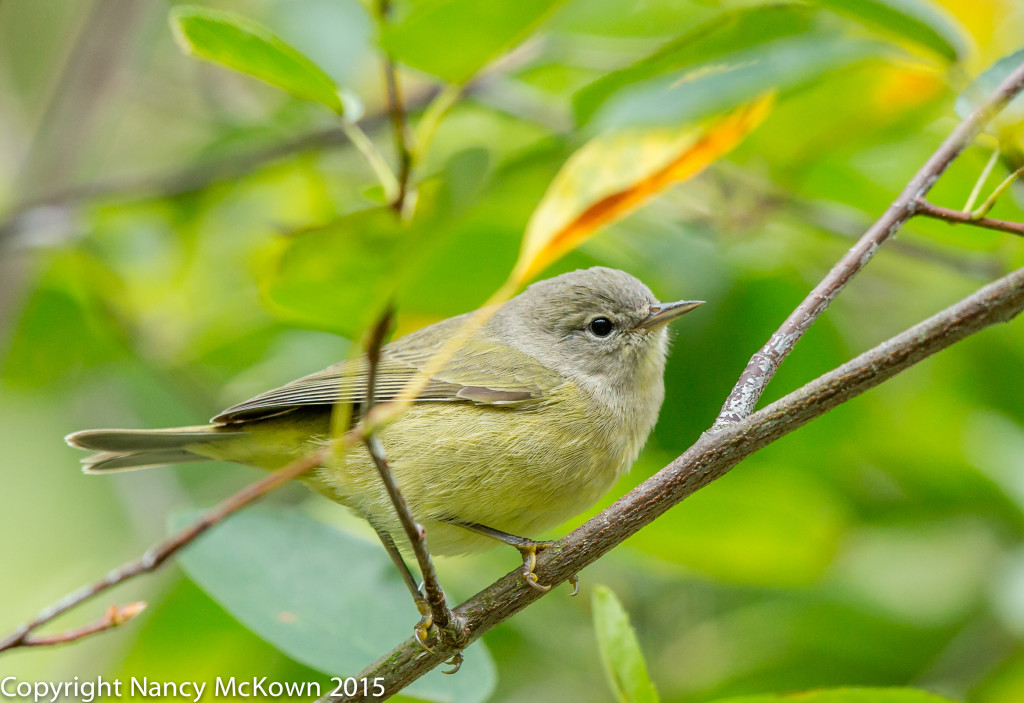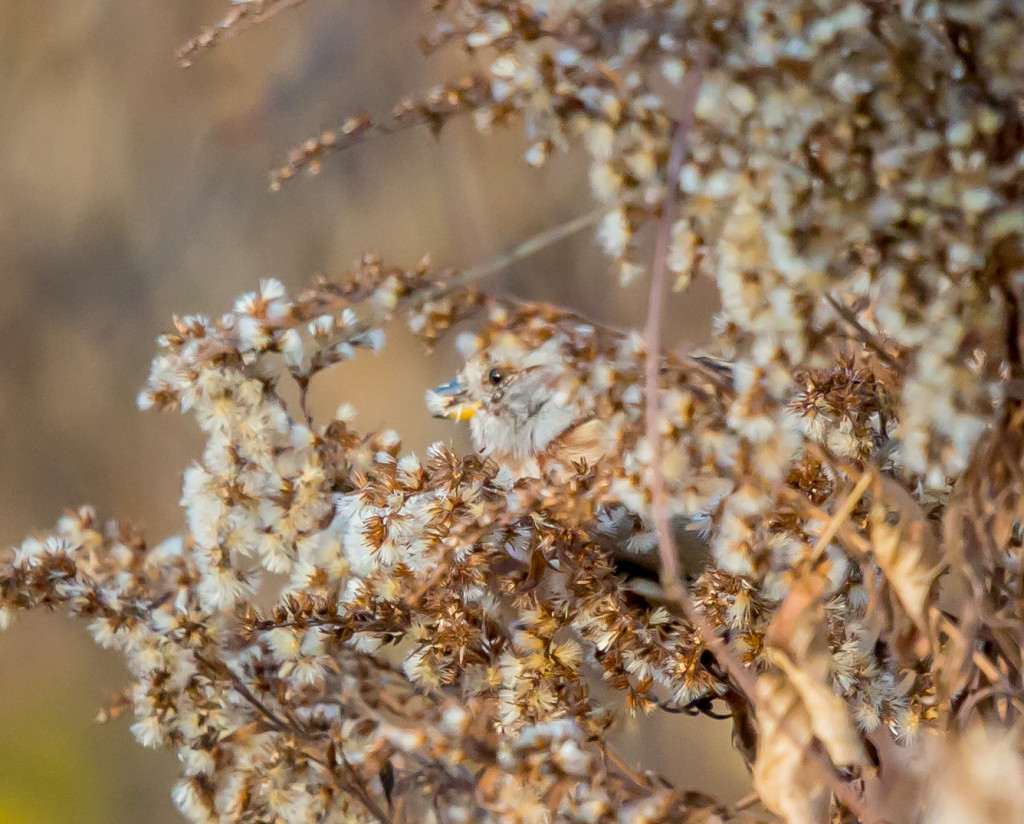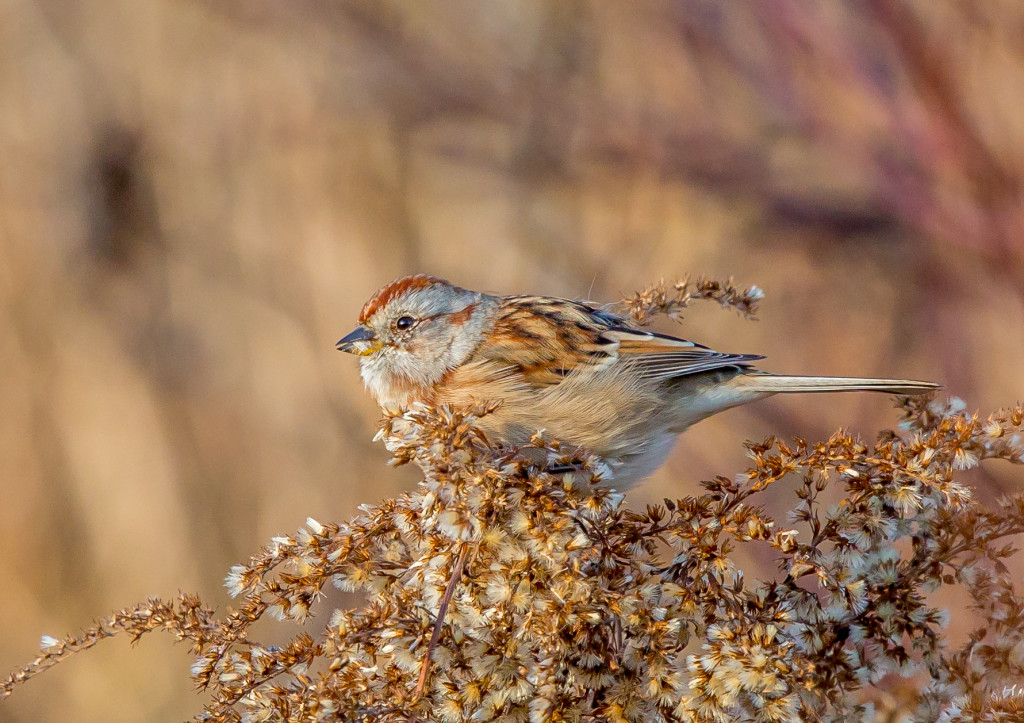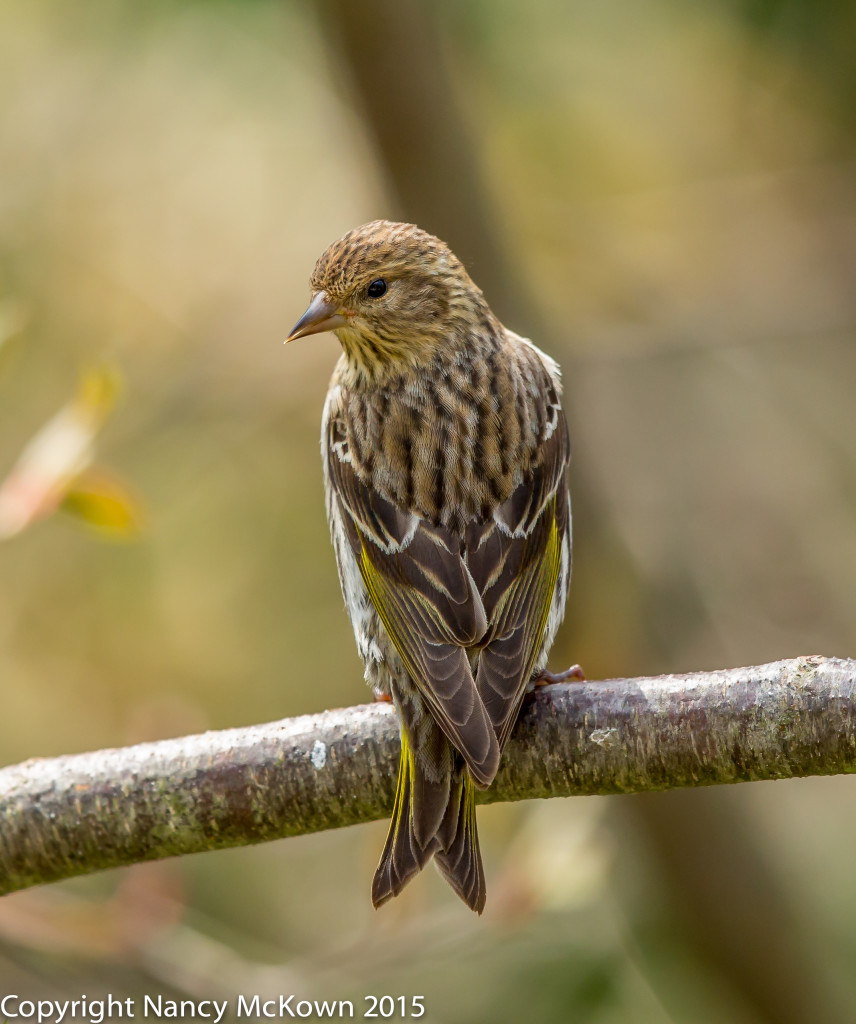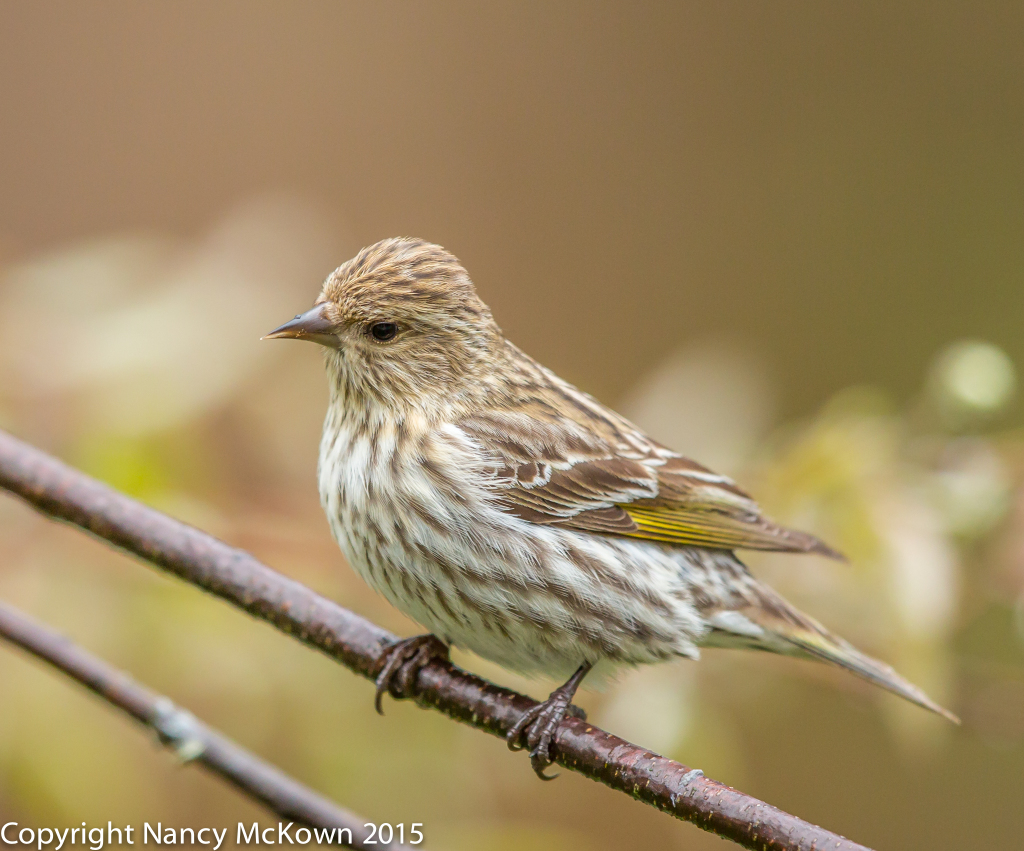Photographing Dark Eyed Juncos
Abundantly distributed in the U.S. in the winter, these dark topped and white bellied sparrows are easy to find everywhere I go. There’s a wide range of variability in the black, gray and brown color patterns of this species, but the black eyes and pinkish bills are consistent.
If I was going for boring, I would photograph the flocks of Dark Eyed Juncos competing for seeds on the ground nearest to the feeders. Sadly, most of my images from that particular morning shoot are departing shots of their bright white outer tail feathers as they fly away.
I did manage this one-sided profile pose. Notice the exposure readings shown beneath the photo below. There was enough light that morning to play for a change.
Dark Eyed Junco
ISO640; f/9; 1800 Second
Preserve those Megapixals
In post processing, whether I upsize or downsize my photos, my goals are to preserve the quality while also preparing the file to download faster on the web. NOTE: Minimal cropping and zooming were needed in post processing for the above photo because this little sparrow came in very close to the camera.
I am aware that pixel density is just not that important for web viewing. Judicious cropping also helps change the proportions of the image for the better. However, there are loss-in-quality consequences to resizing and zooming (technically and ascetically) because these processes eliminate data. The more you do, the worse it gets.
Over Zoomed
This is pretty basic stuff for a photographer, but for some reason, it took me a while to figure it out. Going back over my portfolio, I find way too many over-zoomed photos that, way back when, I considered excellent. Now they are nothing short of embarrassing.
A Practiced Eye
This bird photography blog has helped me to be more self critical — to be practiced at discerning what’s bluster and what’s skill. When I first purchased a high-end DSLR camera and professional quality lenses, I was overly dazzled with the clarity I saw in the photos. I magnified and cropped the photos way too much in post processing. Overemphasized detail masqueraded as quality. For the most part, whatever artistic merit these photos had was squandered.
Perspective and Humility
I’ve grown over the years as a photographer. Knowledge, experience, skill, perspective (in the field and in post processing) and not a little humility (the mother of all virtue) all contributed to this growth.
For better or for worse, I’m quick to recognize the post processing “flaws” in others’ photos displayed in art shows, on Facebook, Etsy, etc. (NOTE: You never really know if the original image was as badly flawed as what eventually shows up on social media. Many of these digital showcases automatically downsize a photo using a process that does not retain the image quality.) I also enjoy examining the bird photos of several outstanding bird photographers and learn from them about what constitutes quality…..and what does not.
BTW- There are many other artistic and technical problems in my photography screaming out at me now. A lot of them have to do with too little planning and too much reliance on random shots….- but that’s for another blog.











